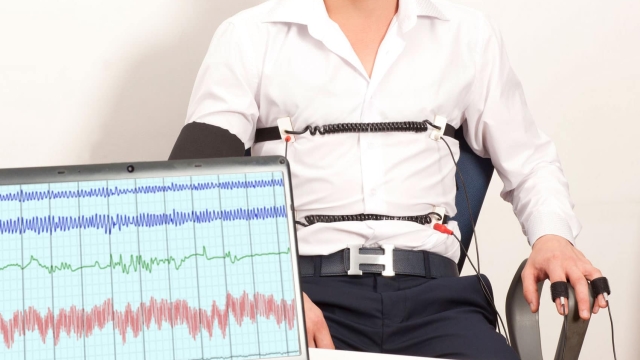
In a world where truth and deception walk hand in hand, the lie detector test stands as a formidable tool for unraveling the mysteries hidden within the human mind. Also known as a polygraph exam, this test has long captivated our collective imagination with its promise to expose lies and reveal truths that lie buried beneath the surface. Developed as a means to discern the authenticity of statements, the lie detector test has evolved into a complex web of technology and psychology intended to decipher the enigmatic signals of human deception. From its controversial origins to its present-day applications in various fields, the journey of the lie detector test is a captivating exploration of the lengths we go to decipher the fine line between fact and fiction.
History of Lie Detector Tests
Lie detector tests, also known as polygraph examinations, have a fascinating history that dates back to the early 20th century. The concept of using physiological reactions to determine truthfulness was first explored by William Moulton Marston, a Harvard psychologist, in the 1920s. Marston’s work laid the foundation for the modern polygraph test as we know it today.
The first practical polygraph instrument was developed by John Augustus Larson, a medical student at the University of California, Berkeley, in the 1920s. Larson’s invention revolutionized the field of forensic psychology by allowing for the measurement of changes in blood pressure, pulse rate, and respiratory rate in response to specific questions.
Throughout the years, lie detector tests have been utilized in various settings, including criminal investigations, employment screenings, and national security matters. Despite ongoing debates about their accuracy and reliability, polygraph examinations continue to be a widely used tool in detecting deception and uncovering the truth.
How Lie Detector Tests Work
Lie detector tests, also known as polygraph tests, work by measuring physiological responses in individuals when they are asked questions. These responses can include changes in heart rate, blood pressure, respiration, and skin conductivity.
During a typical polygraph test, the individual is connected to sensors that collect data on these physiological responses. The test administrator then asks a series of questions, including control questions to establish baseline responses and relevant questions related to the issue being investigated.
The data collected from the sensors is analyzed to determine if there are significant changes in the individual’s physiological responses when answering different types of questions. These changes are interpreted to indicate potential deception or truthfulness during the test.
Lie detector test
Accuracy and Controversies
Lie detector tests have long been a subject of debate among experts due to their purported accuracy. Proponents argue that these tests accurately detect deception by measuring physiological responses such as heart rate, blood pressure, and skin conductance. However, critics point out that the reliability of these tests is still a topic of contention in the scientific community.
One of the main controversies surrounding lie detector tests is the potential for false positives and false negatives. While proponents claim that these tests have a high accuracy rate, critics argue that external factors such as anxiety, stress, or even the skill of the examiner can influence the results. As a result, some question the validity of using lie detector tests as standalone evidence in legal proceedings.
Despite the ongoing controversy, lie detector tests continue to be used in various fields, including law enforcement and national security. While some argue that these tests can be a valuable tool in detecting deception, others raise concerns about their potential to infringe on individual rights and privacy. As the debate over the accuracy and ethical implications of lie detector tests persists, their use remains a controversial topic in the realm of forensic science.
















